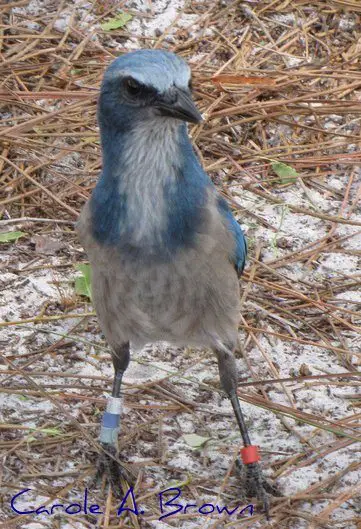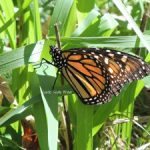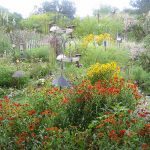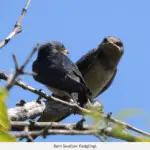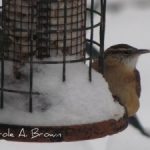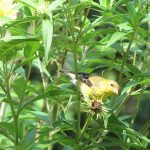This is part 2 of my series on healing the wounds to wildlife, and today we’ll be talking about the wound of habitat loss.
As cities spread into suburbs and suburbs spread into farmland, we have destroyed a lot of habitat for wildlife in our insatiable appetite for yet another Walmart or housing development.
Within a 5 mile radius of my house there are 19 large shopping centers, each with several big box stores, groceries, and acre after acre of paved parking lots. Many of these are over 100 acres.
New housing developments are spring up all around and these always begin with the bulldozers wiping out every tree on the property.
It used to be said that a squirrel could leave any point on the east coast and journey to the Mississippi River and never touch the ground, travelling from tree to tree through the forests that used to cover this land.
Now that same squirrel could make the same trek and never climb a tree, journeying from parking lot to highway, to more pavement.
Our quest for constant development has left very little habitat for wildlife.
What can we do? Here are some ideas:
Conservation and preservation of natural habitats: Set aside areas for wildlife and their habitats to thrive, and protect these areas from development.
Green spaces and corridors: Create green spaces and corridors within urban areas to allow wildlife to move between habitats.
Sustainable development: Implement sustainable development practices that minimize the impact of housing development on wildlife and their habitats.
Education and awareness: Increase public awareness and education about the importance of protecting wildlife and their habitats.
Collaboration: Work with developers, local governments, and conservation organizations to ensure that wildlife is considered in planning and development decisions.
Restoration: Restore degraded habitats and introduce native species to increase biodiversity and support wildlife populations.
Adoption of wildlife-friendly practices: Encourage the adoption of wildlife-friendly practices such as reducing pesticide use, installing bird-friendly windows, and creating nesting sites.

